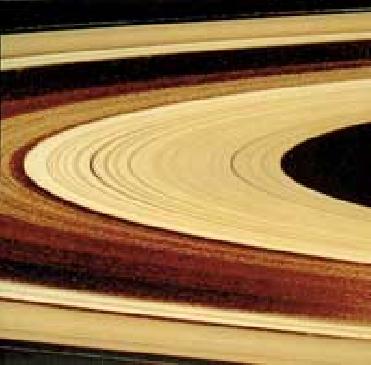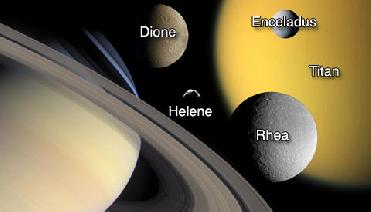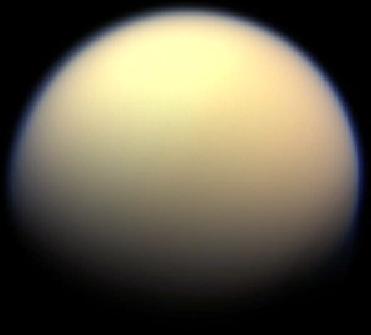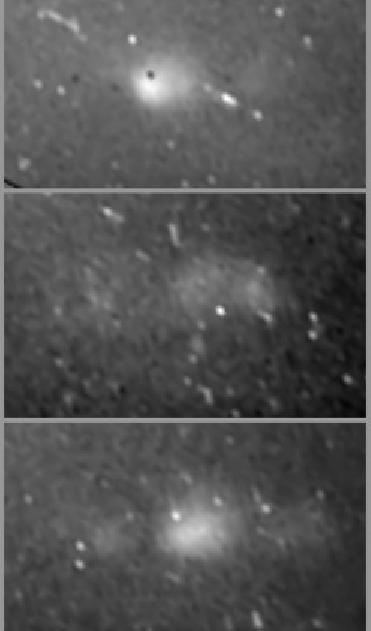
PARIS (BNS): New data has revealed that Saturn's rings may be more massive and much older than previously thought of. The assumption is based on calculations that simulate colliding particles in Saturn's rings and their erosion by meteorites.
Dr Larry Esposito, Principal Investigator of Cassini's UVIS instrument, said these results support the possibility that Saturn's rings formed billions of years ago, perhaps at the time when giant impacts excavated the great basins on the Moon. The findings also suggest that giant exoplanets may also commonly have rings, he said.
Dr Esposito presented the results of his study at the European Planetary Science Congress in Münster on Tuesday last.
Dr Esposito said, “Both Cassini observations and theoretical calculations can allow the rings of Saturn to be billions of years old. This means we humans are not just lucky to see rings around Saturn. This would lead us to expect massive rings also to surround giant planets circling other stars.”
Two of Dr Esposito's colleagues at the University of Colorado, Glen Stewart and Stuart Robbins, have computed the gravitational attraction and collisions between more than 100,000 particles, representing a sample of those in Saturn's rings. Dr Esposito said that they followed the orbit and history of each individual particle, and calculated the amount of starlight that would pass through the ring. “These results have been compared to Cassini observations of starlight blocked by the rings, which has traditionally been used to estimate the total amount of material in the ring system,” the scientist told the congress.
Dr Esposito used this method in 1983 to estimate that rings of Saturn contained as much material as Saturn's small moon Mimas, which is about 250 miles across. The new simulations show Saturn's ring particles aggregate into clumps, which would lead to the previous estimate being low by a factor of three or more.
Calculations by Dr Esposito and his student Joshua Elliott show that meteorites slowly grind and shatter the particles in the ring. Giving details of the procedure, Dr Esposito said that gradually, a layer of dust and fragments builds up and covers each particle. This layer includes both ice (from the particle) and meteoritic dust. As time passes, the ring system is more polluted and darkened by meteoritic dust, he said.
Clearing the air, Dr Esposito said that because the rings appear so clean and bright, it was argued that the rings of Saturn were much younger than Saturn, which is some 4.5 billion years old. “It was calculated from Voyager measurements that the rings are only about 100 million years old, approximately as ancient as when dinosaurs inhabited the Earth.
The new calculations show that if the rings are more massive and they appear less polluted, it could be proportionately older. "Recycling of ring material extends their lifetime and reduces the expected darkening,” he said.
It has been said that the Pioneer 11 space mission to Saturn in 1979 measured the ring mass indirectly by observing charged particles created by cosmic rays bombarding the rings. “Those mass estimates were similar to the ones from Voyager star occultations, apparently confirming the previous low mass value. However, we now recognise that the charged particles are double-valued. That means they could arise from either a small or large mass. We now see that the larger mass value could be consistent with the underestimates due to ring clumpiness,” Dr Esposito added.














The Indian Air Force, in its flight trials evaluation report submitted before the Defence Ministry l..
view articleAn insight into the Medium Multi-Role Combat Aircraft competition...
view articleSky enthusiasts can now spot the International Space Station (ISS) commanded by Indian-American astr..
view article